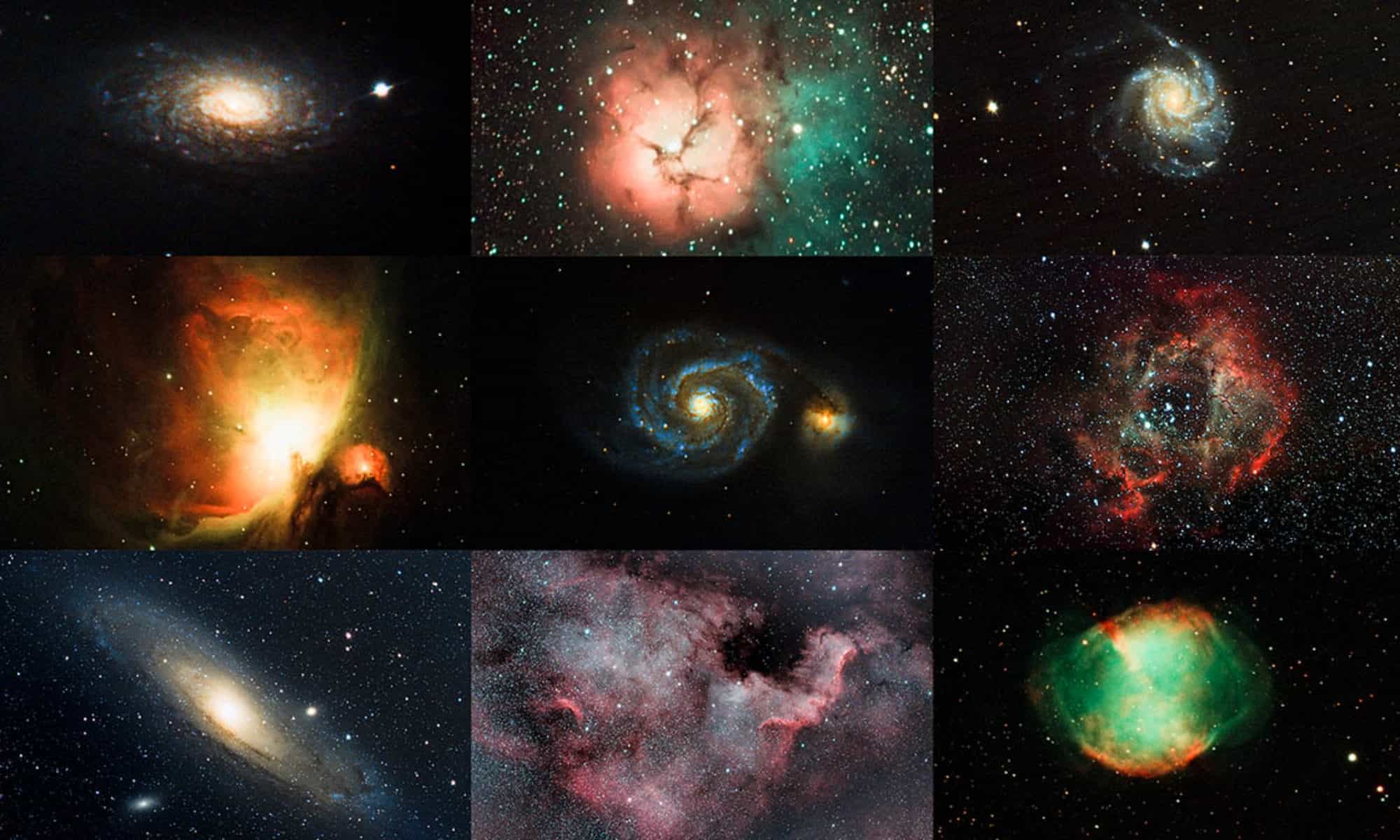The North America Nebula is in the constellation Cygnus. The nebula is between 1800 and 2600 light years from Earth, so the image depicted here is from light that was emitted between 600 BC and 200 AD. The nebula, which got its name from a resemblance to the North American continent, was discovered by William Herschel in 1786. A nebula is an interstellar cloud of dust and gases such as hydrogen and oxygen. Interstellar dust and gases are pulled together to form the cloud we see. As these clouds condense, new stars can be formed. The prominent red color we see in the North America Nebula is due to ionized hydrogen gas. The gas is ionized by the energy of nearby stars.

